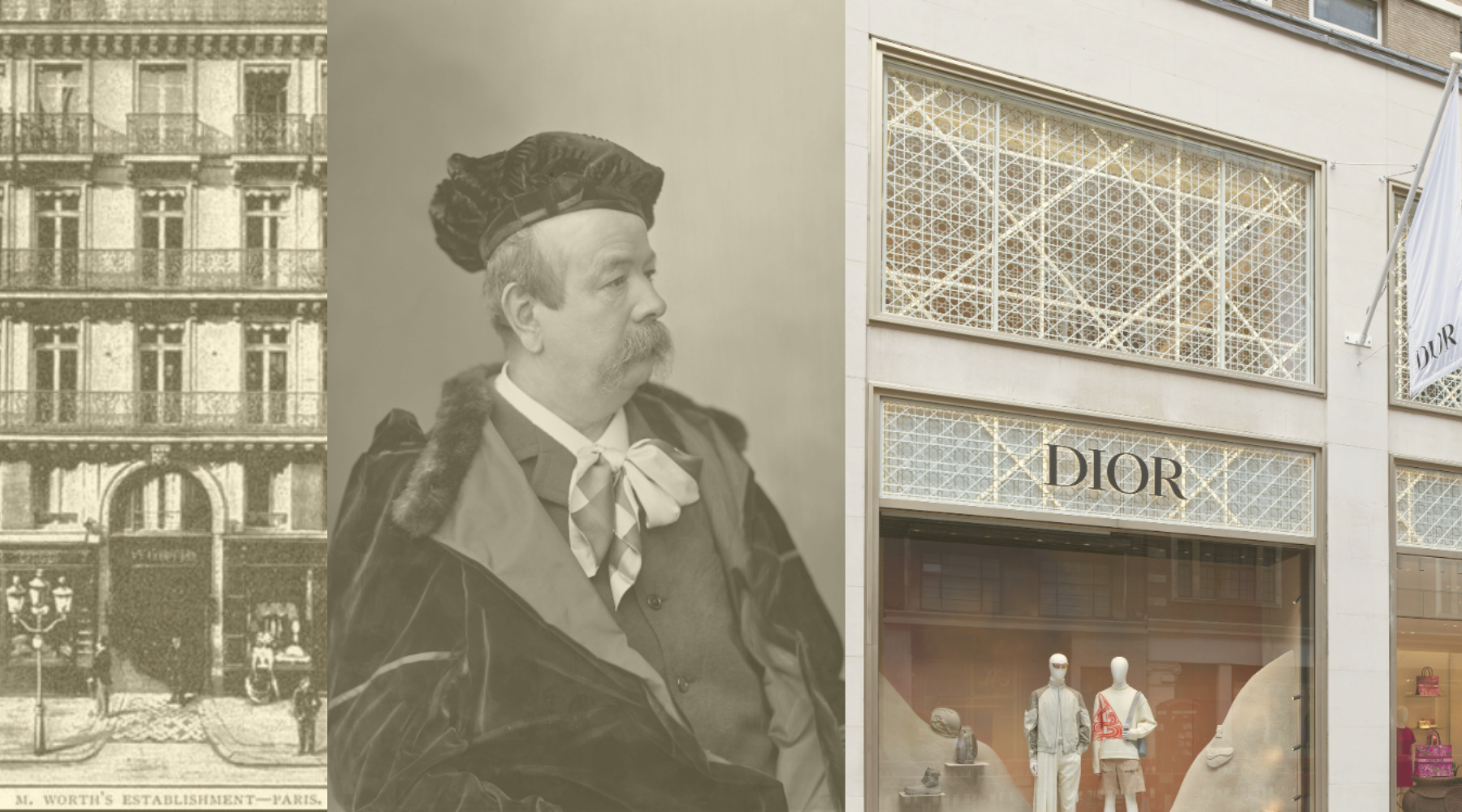3 Key Strategies for Building a Valuable Wardrobe
Designer clothing is often seen as a luxury splurge, something that loses its value the moment it leaves the store. In fact, the second-hand market for designer pieces typically ranges from 50% to 70% below the original retail price, leading many to believe these items are a depreciating asset. However, with the right strategies, certain designer pieces can not only hold their value but actually appreciate over time. In this article, we’ll explore three ways to turn your designer wardrobe into an investment, showcasing how the right choices can help you recoup, or even profit from, your purchases.
1. Seek Out Sought-After Pieces or Brands
Not all designer pieces depreciate. In fact, some limited-edition or highly sought-after items can increase in value over time. Take, for example, the Stone Island Tela Nylon Frost Puffer Jacket from 2017 (photo above). Originally priced at £995, which was seen as extortionate for its season, this jacket has since become a rare collector’s item. The blue colourway, known for its unique fabric and distinctive look, now sells for as high as £1,800 in the second-hand market — almost double the original price. This illustrates how certain pieces from designer brands such as Stone Island, especially those with limited runs, special materials or iconic designs, can become valuable assets over time. If you know what to look for, you can buy into the right trends and find yourself with a piece that appreciates rather than depreciates.
2. Buy Smart in the Sale Section
A great way to get your designer pieces to hold or gain value, is to simply buy for less, during a sale. At Open Attire, we run sales all year round, offering discounts of 20-70% off retail prices on new season collections, and even more during our Black Friday Sale. This helps lessen the gap between the purchase price and what these items might sell for in the second-hand market.
While many may think that sales are all about unloading old stock, the reality is that they’re a great opportunity to snag high-quality brands at bargain prices — especially if you’re quick. For instance, during our Black Friday Sale, we sold Giuseppe Zanotti Frankie Leather Sneakers for just £95, even though the original retail price was £540. The second-hand price for the same piece ranges from £140 to £220, offering a substantial return on investment. By shopping strategically, you can begin to collect and pack out your wardrobe with designer clothing that has the potential to increase in value, even once worn.
3. Invest in Brands with Consistently Rising Retail Prices
Some designer brands have shown a consistent track record of increasing their retail prices faster than inflation. Now this is often considered a negative by customers and stores alike, as rising prices will usually lead to less people being able to afford these brands. However, by investing in these brands, you can ensure that your pieces don’t just maintain their value, but actually grow in worth.
For example, a friend of mine purchased a Canada Goose Wyndham Parka in 2017 for £800 retail. In 2024, he sold it second hand for £895, and the brand’s retail price had already increased to £1,450 (with the fur version). This sharp price increase means the jacket had effectively appreciated in value over the years, despite being worn.
Another example would be the classic Stone Island Lambswool Knitted Sweatshirt, one of the best quality sweatshirts that Stone Island produce. In 2017 the Lambswool knit retailed for £195 , in 2025 the same knitted sweatshirt now retails at £445, which is a 128% increase, in just 8 years. If it follows the same trend, by 2030 it will retail for £795, and at that stage you could expect to pay anywhere between £275 and £350 for it on the second hand market! Luckily, we have these priced at £295 currently with no intention of increasing the price for now, however we cannot vouch that your size will stay in stock!
Many iconic brands like Canada Goose, Louis Vuitton, Moncler and Chanel follow a similar pattern of price escalation, which is often tied to both demand and the exclusivity of their pieces. Keeping an eye on brands with a history of price increases can help you build a collection of investment-worthy pieces.
Conclusion: Designer Clothing can be an Investment
Designer clothing doesn’t have to be a fleeting purchase that loses value over time. Buying branded clothing should always be something that is enjoyable, and brings happiness first and foremost, but if you integrate certain strategies into your shopping, it can also become a smart investment that not only adds style to your wardrobe but grows in worth.
Whether you’re targeting in-demand pieces or brands, shopping strategically with us during our sales, or investing in brands with consistently rising retail prices, there are clear ways to make your fashion purchases work for you. By taking a thoughtful approach, you can turn your designer clothing collection into more than just a reflection of current trends — it can become a valuable asset that appreciates as time goes on.


Leave a comment
This site is protected by hCaptcha and the hCaptcha Privacy Policy and Terms of Service apply.